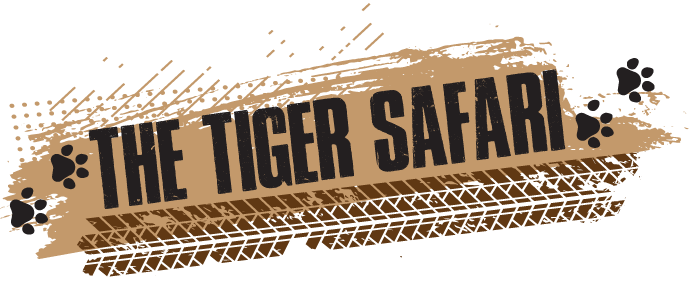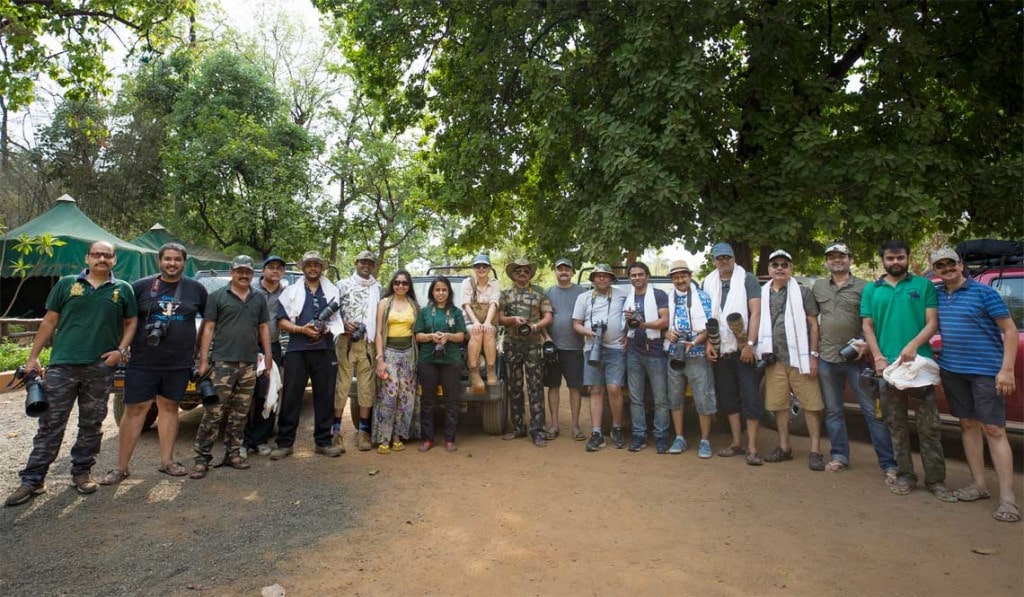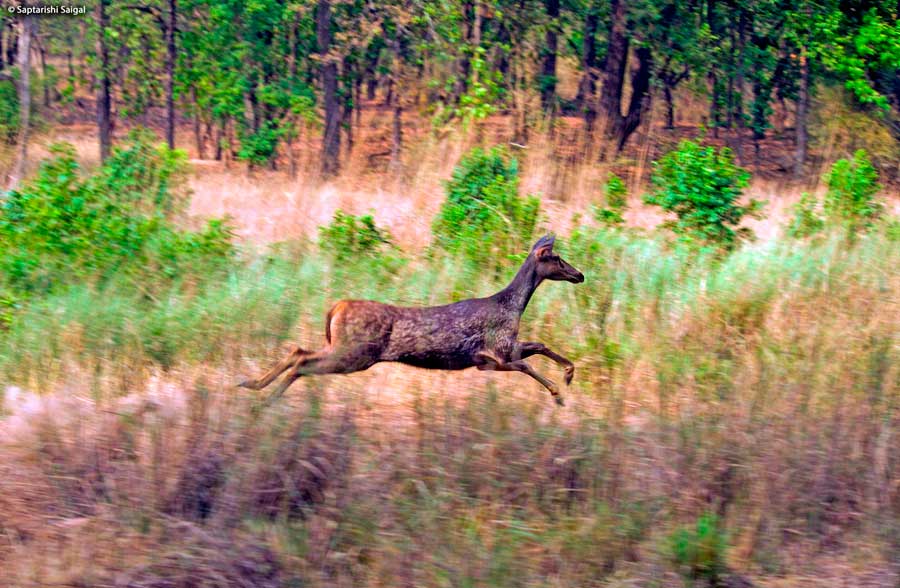One of the most important skills a wildlife photographer needs to learn is fieldcraft. When dealing with wild animals it can be the difference of getting your images or not it’s so important. I served in the British Army for eight years as a soldier. I then specialised as an airborne sniper. I often used nature as my early warning on active service. I learnt to read the signals, noises and signs that something wasn’t right around me by just listening to nature more so birdsong.
I’ve taken part in the Cambrian patrol, and many survival exercises around the world both in a training role and active service role. Spending many weeks hidden from view gathering information and seeing without been seen as part of a sniper team was my role.
The idea of these one day workshops once a month in the Peak District is to pass on my knowledge and real-time skills to you that will help you with your own fieldcraft skills and also some very basic survival skills that you will be able to apply in any situation around the world. Finding clean water, shelter, food and making a fire. All of these elements are key in keeping you alive.
There are two approaches when it comes to getting close to nature, the first is to conceal yourself so that the subject does not know that you are there, the second is stalking which takes more time and a lot more skill and patience to master. Many species of mammals and birds will allow you to approach them closely if you are careful and take your time, no fast movements and using the correct techniques. Read the land for yourself, see what’s in front of you, in between you and the subject, use natural gulley’s and shapes to break up your approach.
Most animals and birds are very shy and very wary of humans, as a wildlife photographer you need to take great care not to disturb your subject as your aim is to get close to photograph their natural relaxed behaviour, making for a much better image. This is where fieldcraft is key, which you can only really learn in the wild, with wild animals. In doing so you will have a real and complete skill set that you can apply anywhere in the world. Trying learning fieldcaft with tame animals and you will come unstuck once you enter the real theatre of wildlife.
These days will be run totally in the wild, where our base will be a nearby forest where I will make camp for the group. I will use my computer to show you some theory but most of the skills I will pass on will be in physical form. In the morning from dawn you will learn key fieldcraft skills going through everything from camouflage, what to wear, ghillie suits, tracking, how to move and blend into your environment etc. At the end of which I will set some simple tasks where you traverse the landscape and avoid being seen very much like I did during my sniper training.
I will also show you how to track animals and read their tracks so you can build up a picture of what passed by from their weight, if they were injured and how long ago they went past all crucial fieldcraft skills. I have written many articles on the subject of fieldcraft and I will put all of that knowledge into practice for you on these oneday workshops. You will be able then to take away what youve learnt and apply not only to your own wildlife photography but your general wellbeing and survival in the wild.
After lunch the day then switches to survival skills and I will show and demonstrate to you how to make a shelter, find and manage clean water, make a fire and find food that is safe to eat and what is not safe to eat. We will make best use of what’s around you and I will teach you the basic principles. The day then ends where I will ask you to stalk over a set distance, using the British Armys fieldcraft techniques of shape, shine and silhouette along with the others I will teach you on the day in order for you to get a photo any wildlife you will come across without being seen.
The whole day will be run at a very relaxed pace, nothing is set in stone and planned as such. This will give you a real time feel as though this wasn’t planned. The meeting place will be Buxton then we will head off to our forest base and the day begins.
These days are open to none photographers also that just want to improve their own fieldcraft and survival skills.
Fitness Level
Most places will involve short walks so will not present any difficulties for you.
Recommended Kit
Dark, muted clothing preferably camouflaged, something to cover both your hands and face. A multi-tool like a leatherman. Strong walking boots also. You will also need to provide your own photographic equipment for the day as at the end there will be chances to apply what you’ve learnt throughout the day and take some images of the wildlife there.
Additional Information
I will provide army ponchos that will be our basecamp from which to operate from throughout the day.



